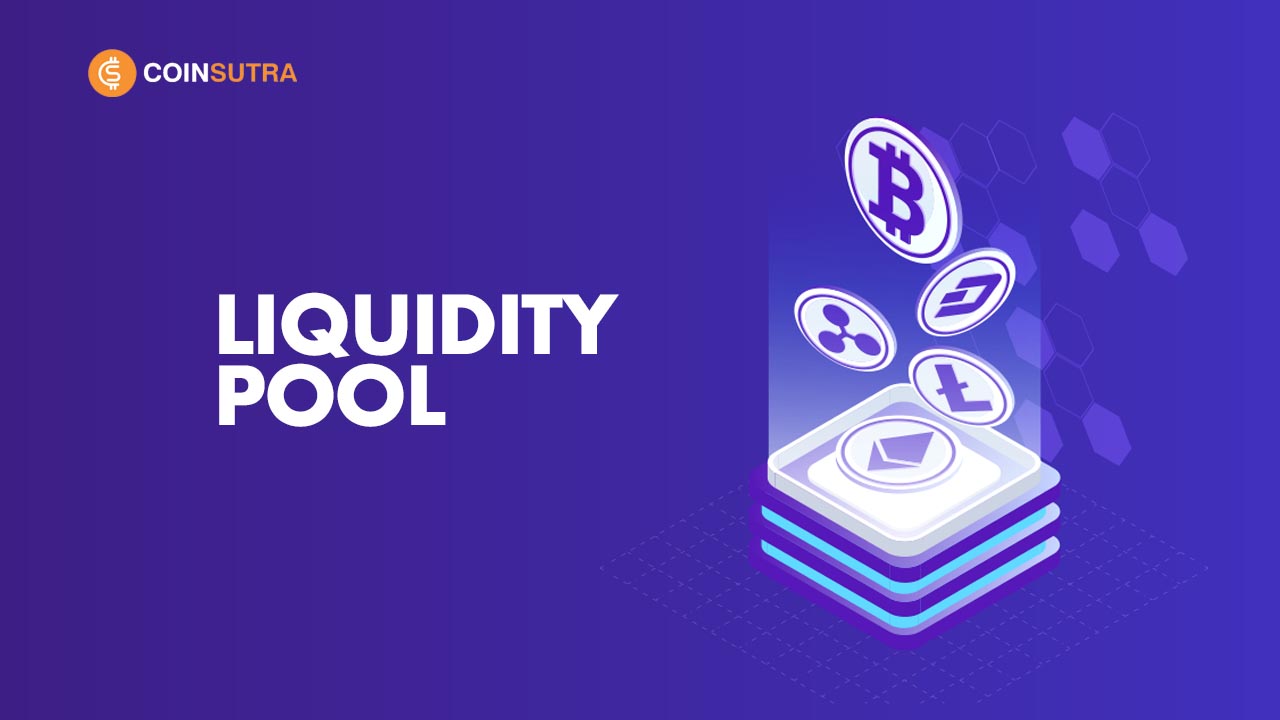Introduction
- Decentralized finance (DeFi) has caused an explosion of network activity. DEX volumes are highly competitive with centralized exchange volumes. As of December 2020, nearly $15 billion value locked in the DeFi protocol. Expanding rapidly with new product categories But what makes all this expansion possible? One of the key technologies behind these products is liquidity funding.
 Source
Source
What is a liquidity pool?
- A liquidity pool is a collection of money that is included in a smart contract. The liquidity pool is used to facilitate decentralized trading, termination and many more features that we will explore later.
- Liquidity pools are the backbone of decentralized exchanges (DX) such as Uniswap]. Users called liquidity providers (MPs) add the equivalent value of two tokens to the pool to create a market. In return for financing, they earn commercial commissions for what is marketed in their group. in proportion to the share of total liquidity
- Since everyone can be a liquidity provider, AMM makes the market more accessible.
- Bancorw was one of the first protocols. used by the liquidity pool But the idea attracted more attention with the popularity of Uniswap. Other popular exchanges that use liquid Ethereum pools include SushiSwap , curves and balancers. These on-site liquidity pools contain ERC-20 tokens equivalent to Benson Smart Chain's (BSC) Pancake Juice, BakerySap and BurgersSap, the pools of which contain BEP-20 tokens.
How do liquidity pools work?
- Automated Market Maker (AMM) has changed this game. This is a big innovation that makes online trading possible without the need for purchase orders. Because there is no need to do business directly with the opponent. Traders can enter and exit in token pairs that have very little liquidity in order.
- You might consider a peer-to-peer order book exchange where buyers and sellers are attached to the order book. For example, Binance DEX trading is peer-to-peer. Because users are trading directly in the wallet.
- Trading with AMM is different. You might want to consider trading in MMA as a PM-to-peer deal.
- As we have said, liquidity pool means a large sum of money that liquidity providers have invested in smart contracts. If you transact at AMM, you have no competitors in the conventional sense. Instead, you deal with liquidity pool liquidity. You do not have to be a seller at any given time to buy from buyers. There is only enough liquid in the pool.
- If you bought the last food coin on Uniswap, then there is no other seller in the literal sense. Rather, its activities are guided by an algorithm that determines what happens in the pool. In addition, the price is determined by this algorithm based on the transactions that take place in the pool. Read our article on AMM for insights on how this works.
- Of course, liquidity must come from somewhere. And everyone can be a liquidity provider. Because it communicates with group managed contracts
Closing thoughts
- Liquidity funds are one of the core technologies behind current DFI technology. They allow decentralized trading, termination, delivery and more. These smart contracts help DFI just about everywhere, and it probably will too.
I hope all of you like my first post which is about liquidity pools and encourage me by upvoting my post

Congratulations @hasnain66! You have completed the following achievement on the Hive blockchain and have been rewarded with new badge(s) :
Your next target is to reach 50 upvotes.
You can view your badges on your board and compare yourself to others in the Ranking
If you no longer want to receive notifications, reply to this comment with the word
STOP